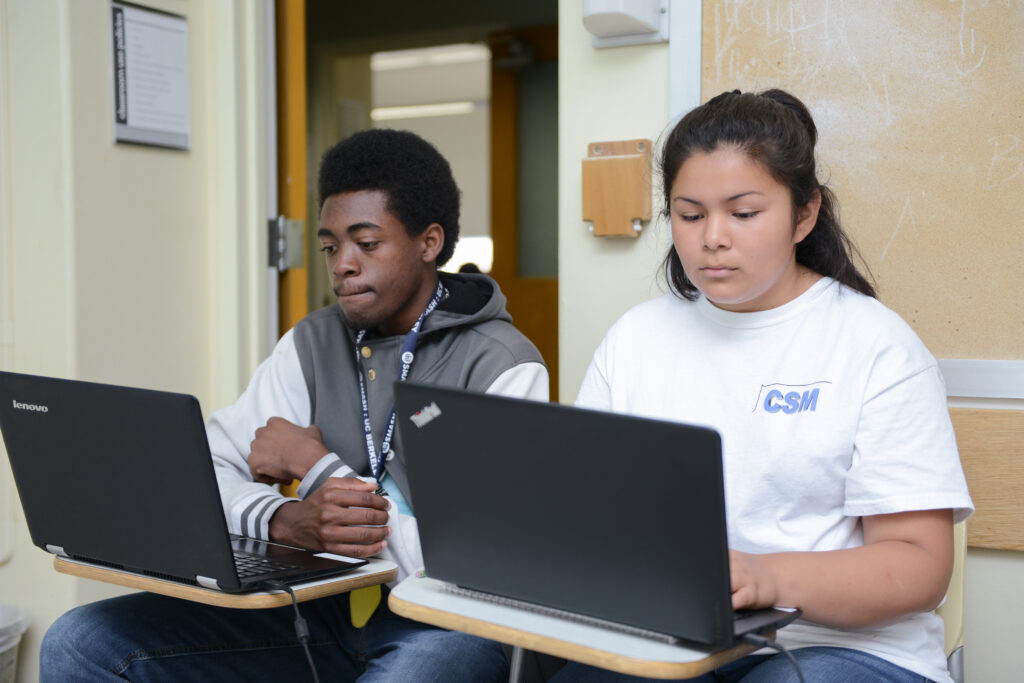Graphic Organizer

Bloom's Level
Use
Setting
Activity
Technology
Related Strategies
Description
A graphic organizer is a high-impact instructional strategy that provides a visual representation of how information and ideas are organized and related. Graphic organizers help guide students’ thinking by providing a deliberate and meaningful way to organize, chunk, and connect concepts and ideas to prior knowledge. They are created in a variety of layouts and can be used in various ways. When choosing or creating a graphic organizer, teachers should consider how they want students to use it and how they want students to think about the content. The arrangement of the shapes, images, and lines that make up a graphic organizer should facilitate the specific context for its use. Graphic organizers can be used during all stages of the learning process.
When To Use It
As a learning strategy, use a graphic organizer when you want students to:
- represent abstract or complex information visually
- organize information and ideas to show how they are related
- take guided notes during a lecture, while reading or watching a video
- generate and organize ideas for pre-writing or brainstorming
- review previously learned material
- outline a process or procedure
As an instructional strategy, use a graphic organizer when you want to:
- simplify abstract or complex concepts for students using text and visuals
- chunk information to support student understanding
- provide students with a tool for organizing their thinking on a topic
- show the relationship between concepts and ideas
- scaffold and differentiate instruction to support diverse learners
- activate students’ prior knowledge before reading or engaging in an activity
- assess student understanding
How To Use It
Advance Prep
Graphics organizers can be created in a variety of ways to serve different purposes during the learning process.
- Choose or create a graphic organizer that is aligned with your learning objectives and facilitates understanding of content or completing a task. Consider:
- the key concepts and how they are related
- how you want students to think about the content
- how diagrams, images, shapes, and lines can facilitate understanding and connections among ideas
- Complete the graphic organizer yourself to ensure that it is effective. Make adjustments if needed.
- Plan to model how to complete the graphic organizer, and allow time for guided and independent practice so that students can use it effectively.
Implementation
- Introduce students to the graphic organizer by modeling how to complete it and explaining its purpose—how it will support learning.
- Provide instructions and guidelines for using the graphic organizer.
- If appropriate, review students’ organizers and provide feedback that they can apply. You may also review information as a whole class to check for understanding and address misconceptions, or allow students to compare their organizers in pairs or small groups for peer feedback and collaboration.
Pros
- Improves student learning by representing information visually
- Addresses the needs of diverse learners
- Provides a tool for students to use or create independently in a variety of ways
- Can be created quickly and easily by hand or digitally
Cons
- Without explicit modeling, some students may be confused about how to use the organizer.
- If not designed well, too many words, shapes, and lines can overwhelm or confuse students.
- Choosing the right organizer for an activity or content may be challenging for some teachers and students.
- Some students may regard graphic organizers as busy work if the purpose is not made clear.
Culturally Responsive Application
Graphics organizers support culturally responsive teaching because they provide scaffolding and support for diverse learners. Because graphic organizers can be designed in a myriad of ways and used for a variety of purposes, teachers and students can adapt them to meet specific needs. Graphic organizers can facilitate a culturally responsive approach by helping students make personal connections with concepts and ideas, and express their understanding and ideas in a way that makes sense to them.
Emerging English Language Support
Can improve students’ writing skills in content, organization, vocabulary, grammar, and mechanics, can be used to improve student writing skills, can build student confidence and participation.
Students with Disabilities Support
It helps to aid students with learning disabilities in their recall of relational knowledge. Easy for teacher to assess and understand learners thinking skills. Unique way to show students the material they are learning. Effective ways to help typical and atypical learners alike
Subjects
Any
- ABOUT US
- AREAS OF FOCUS
- Equity in CS EducationAdvancing access and equity in K-12 computer science education
- Inclusive Pathways to TechSupporting inclusive and alternative pathways to tech jobs
- Diversifying Entrepreneurship & VCInvesting in gap-closing companies and funds
- Equitable Tech PolicyAdvancing policy, regulation, and accountability to drive systemic change
- PUBLICATIONS
- RESPONSIBLE AI
- RESOURCES